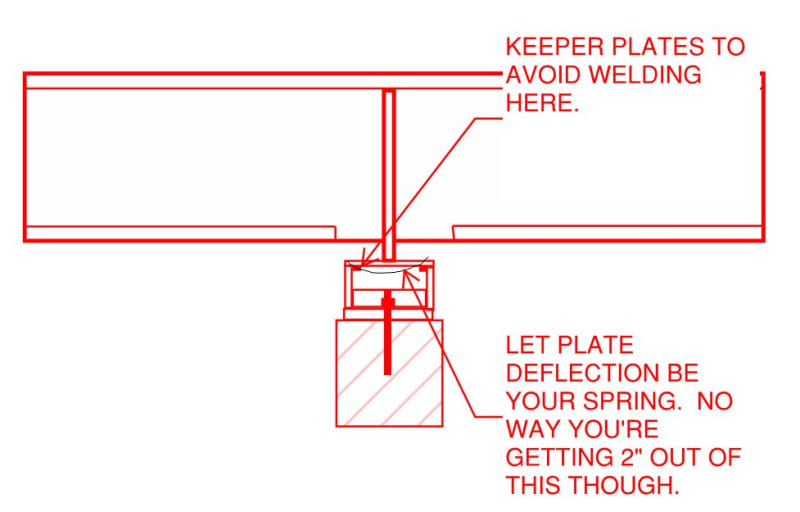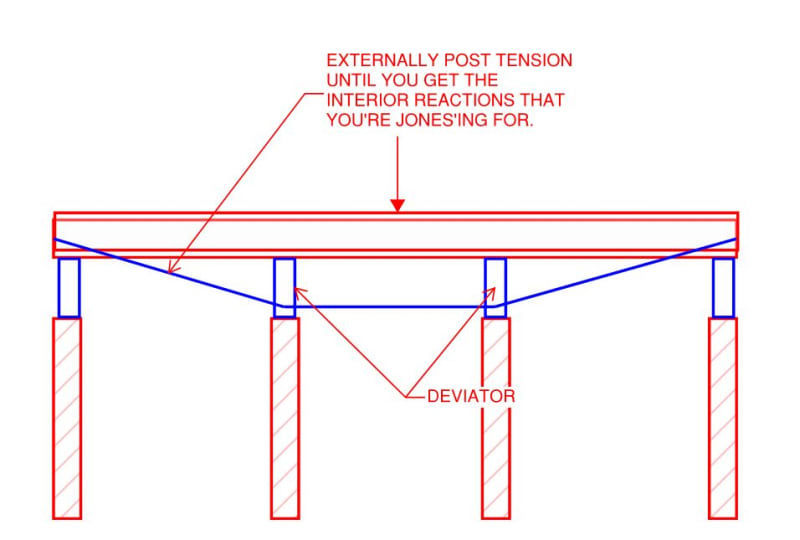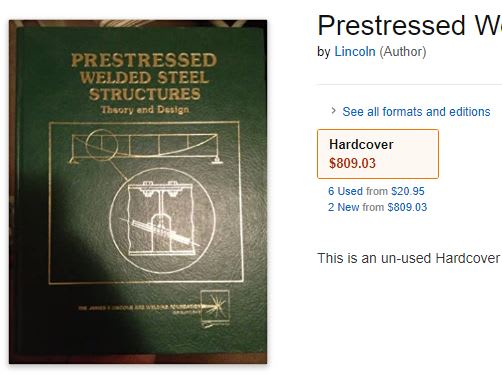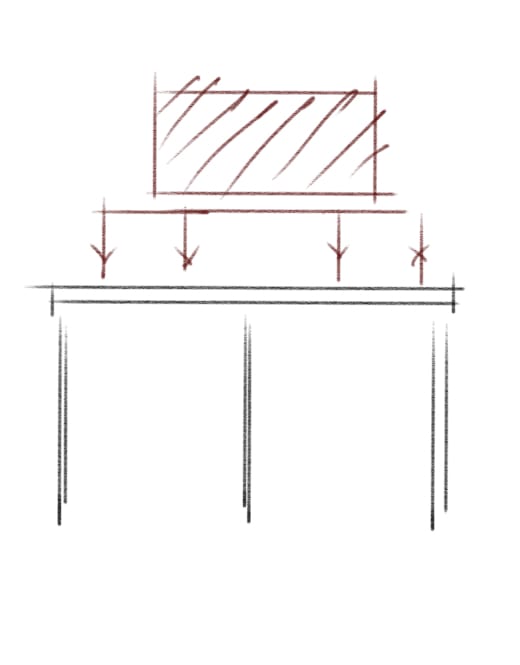RFreund
Structural
- Aug 14, 2010
- 1,885
I would like to span a new beam across several existing walls and need the reaction to be relatively uniform. Most of the load is fairly well known dead load. Therefore I'd like to use a spring support. However, I'm not sure what this would actually be. I see various spring supports used for mechanical equipment (the first that comes to find is a canned coil support or vibration springs for large condensers), but was wondering if there is something specifically made to support structural steel. I need a fairly flexible spring, about 6kip/in that can deflect about 2", which likely rules out elastomeric bearing pads. Does anyone know of a product that could be used or has done something similar?
Thanks!
EIT
Thanks!
EIT




